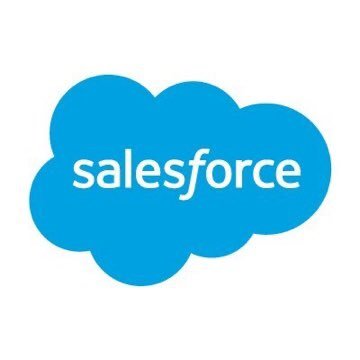About Company
The world’s #1 demo experience platform, aims to help every business create the perfect demo. By creating a controllable “copy” of a business’s product, the company is able to help SaaS revenue leaders accelerate growth with better product storytelling. The company’s demo environments take just minutes to spin up, and allow each salesperson to tailor the story for each lead in just minutes, all without code.
Instant
data sync
50%
time savings in sales processes
100%
more visibility
The Challenge
The RevOps team found themselves in a situation that many companies face today: the teams within the organization use different systems for their daily work. The Sales team used Salesforce. The R&D team used Jira. Each day, the sales team were bogged down in time-consuming processes: manually syncing the data they used into both systems, losing time and money from these cumbersome tasks.
Even with the sales team undertaking these manual processes, the rest of the teams across the company struggled to stay in sync across the customer journey. Without consistent customer data between the business systems, the teams were unable to quickly and easily determine a customer’s lifecycle stage without looking it up manually, every time. On top of that, the sales team felt they were missing out on expansion opportunities because they could not see or use product usage data. The inability to track key product usage indicators also meant trying to reduce churn was a struggle.
In addition to their slow, manual processes and missing information, the Director of Revenue Operations knew they needed fix what was wrong today and also set a better foundation for the future.
The Approach
At a previous company, the Director of Revenue Operations had worked with Census and was looking to bring it into the company. However, he attended a webinar to help him better manage the lead database and learned of Syncari. The data automation platform immediately caught his eye. “With Census, you still have to code and use SQL. Syncari is no-code. Bringing it on was a no-brainer just because of that,” he expressed, “and we’ve been able to achieve so much more since then.”
The Solution
At the beginning of their Syncari implementation, the most pressing problem was syncing and automating support tickets between Jira and Salesforce CRM. Simply reducing the time the sales team spent manually moving data gave the company a more efficient customer lifecycle and more visibility over the entire proof-of-concept and deployment process. “We’ve reduced the time our sales team spend on manual processes by at least half,” he disclosed. “Syncari just works.”
Because of Syncari, the RevOps team has granular visibility and newfound accountability in the sales process. They’re capturing valuable data on support ticket metrics such as first-look and first-response times, which they were not able to do previously. The team is also able to better track how long each stage of the customer lifecycle takes, giving them greater insight into the overall customer journey.
The Future
As the team extends their use of Syncari into more systems, the RevOps Director first wants to achieve his initial “future state” of syncing product usage data back into Salesforce. He is also excited about the upcoming warehousing and BI functionality in Syncari and aims to take advantage of those new capabilities when they are released. “The ideal state is we get everything connected and ‘speaking the same language.’ From our current usage of Salesforce and Jira to bringing in more aspects of HubSpot, LeanData, Outreach, and more. Our goal is to have Syncari be the catalyst that gets our tech stack working together as one efficient system,” he explained.

